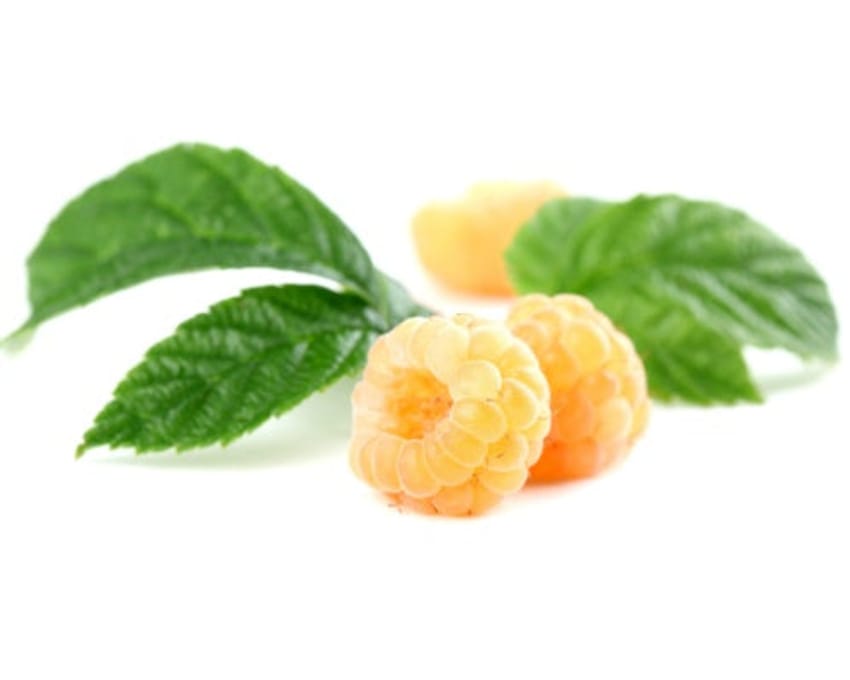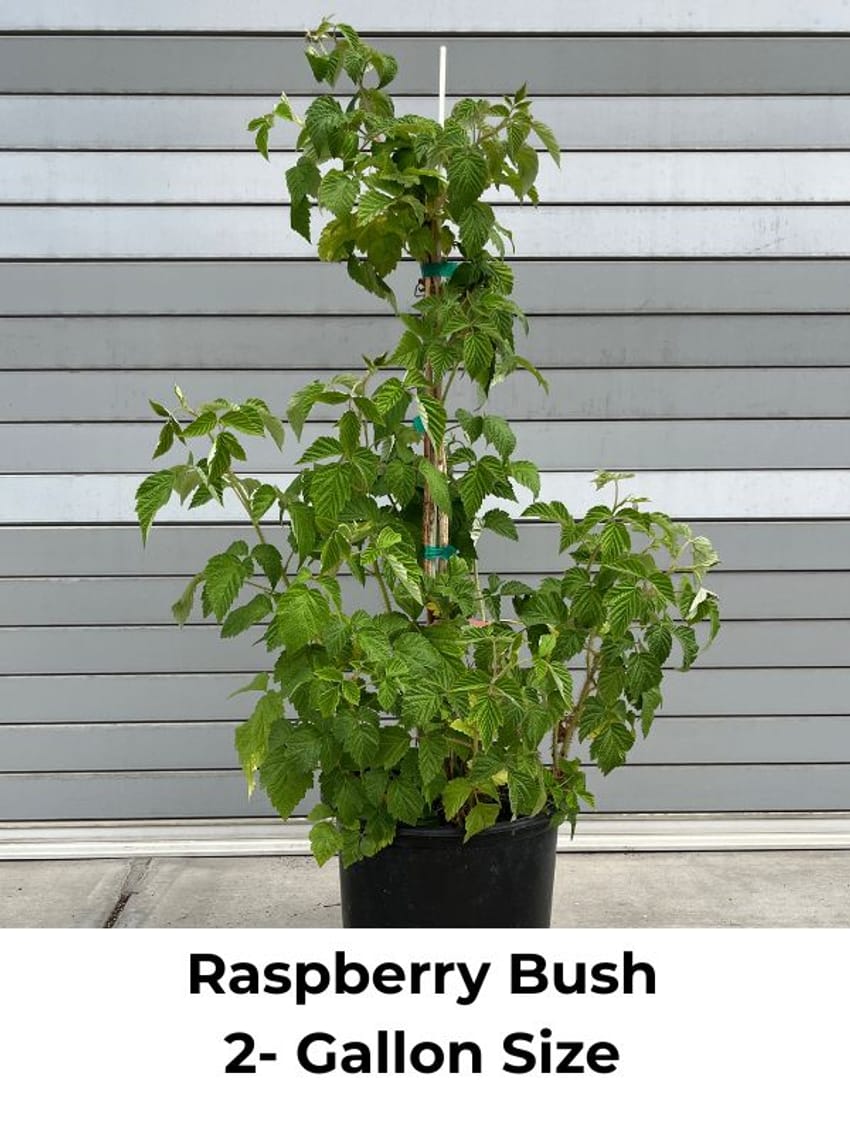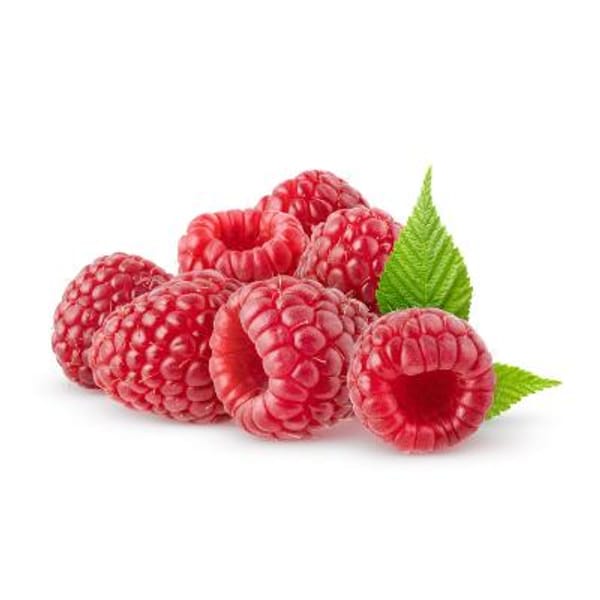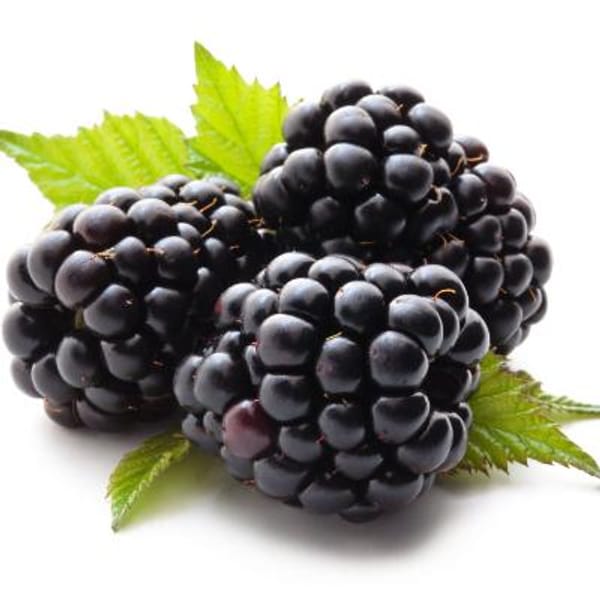- Fall Gold Raspberry is a large, conical, sweet golden berry, which can produce two crops.
- It is excellent for processing and eating fresh.
- Amazing flavor.
- Canes are vigorous, productive, and adaptable to a wide variety of soils.
- The first crop starts in July, the second crop from late August until frost.
- Semi-Trailing plant structure
- USDA Zones 4-9
- Click here to see our Berry Variety Chart
- Check out our Cane Berry Growing Guide (pdf)









